Nomadic Life: Japan Around the World
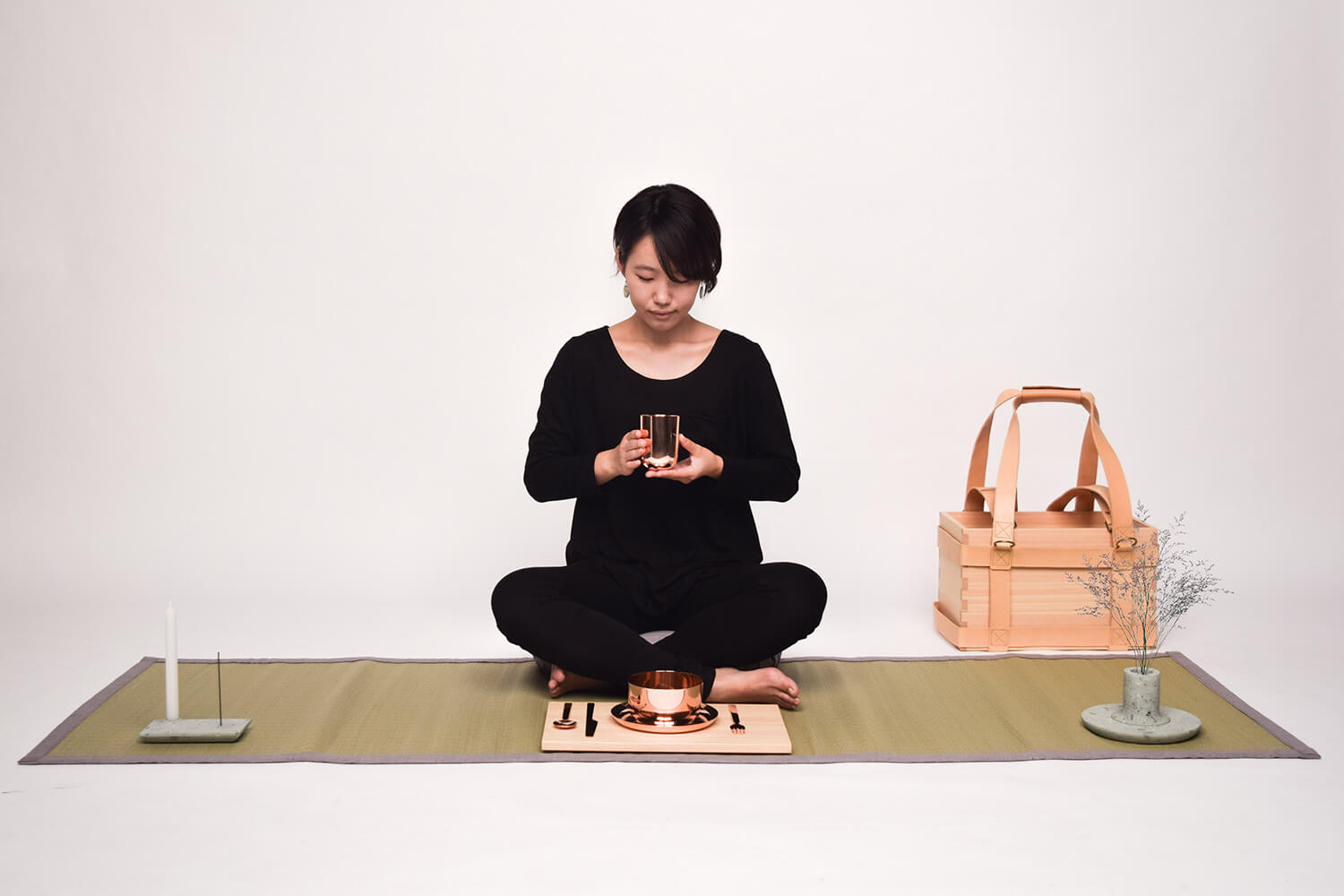
©Gerardo Osio
To transform every place on the planet into a warm and welcoming place: this is the aim of the Nomadic Life project, conceived by designer Gerardo Osio.
This is a project which is very much in keeping with current thinking, and where mobility is the goal. Whether for lovers of vanlife or long journeys, or for those who have to move around frequently due to work commitments, Nomadic Life offers a touch of permanence. ‘Nowadays, people are often moving from one place to another, which means they lose the feeling that they belong in one place’, explains the Mexican designer. ‘The house is a place where we carry out our most essential activities, like eating and resting. It’s also a place where we can reconnect with ourselves, far from the distractions of everyday life’.
With a crockery set, sleeping kit and a few decorative accessories such as a candle holder and a vase, Nomadic Life allows travellers to have a handful of objects close by that create the sense of being in a familiar place, no matter where they are.
Promoting Japanese craftsmanship
Imagined by the Mexican designer but brought to life in collaboration with six traditional Japanese artisan workshops, all of the objects are handmade by artisans from Kyoto, Fukui and Okayama.
‘The aim of this project is to show how traditional Japanese culture and trades can solve the problems posed by a smaller living space and the nomadic lifestyle. They bring the simplicity, practicality and indeed the very essence of their two main religious philosophies (Buddhism and Shintoism) to these contemporary living trends’, explains Gerardo Osio.
Made from natural materials like wood, straw, cotton, stone, leather and copper, the objects inside this nomadic setting are made to form a patina and last over time.
Made from Japanese cypress, the chest is inspired by Japanese boxes used by Buddhist monks, called Hakozen, where they would store their cooking utensils. The tatami mat is made from igusa and woven in a traditional way. Its initial colour, a greenish shade, changes over time to a soft yellow, releasing a subtle yet delicious scent of dried grass.
The cushion, made from cotton, is inspired by the traditional cushions used in zen meditation. Designed to be used for meditation or as a seat, it also functions as a pillow.
The copper dishware has been hammered and polished by hand, while the vase and candle holder are both made from blue-coloured stone. ‘Having a vase is an easy way to bring nature into your space’, explains Gerardo Osio. ‘The candle holder, which can also be used as an incense burner, shows us that fire can bring us not only heat, but also light and fragrance’.
Nomadic Life thus makes it possible to carry a touch of Japanese poetry across the world, whilst offering its users a point of reference in this constantly evolving world.
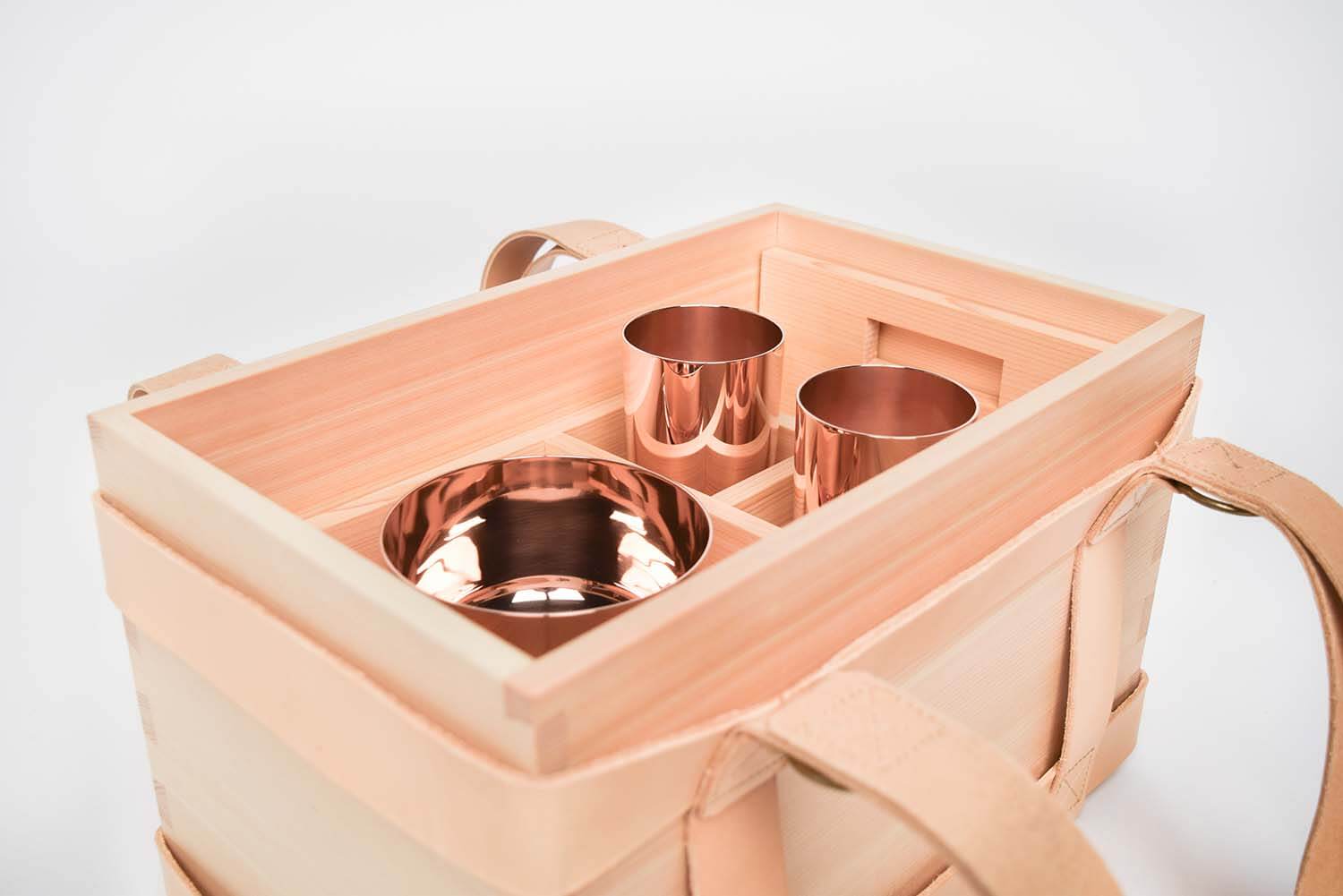
©Gerardo Osio
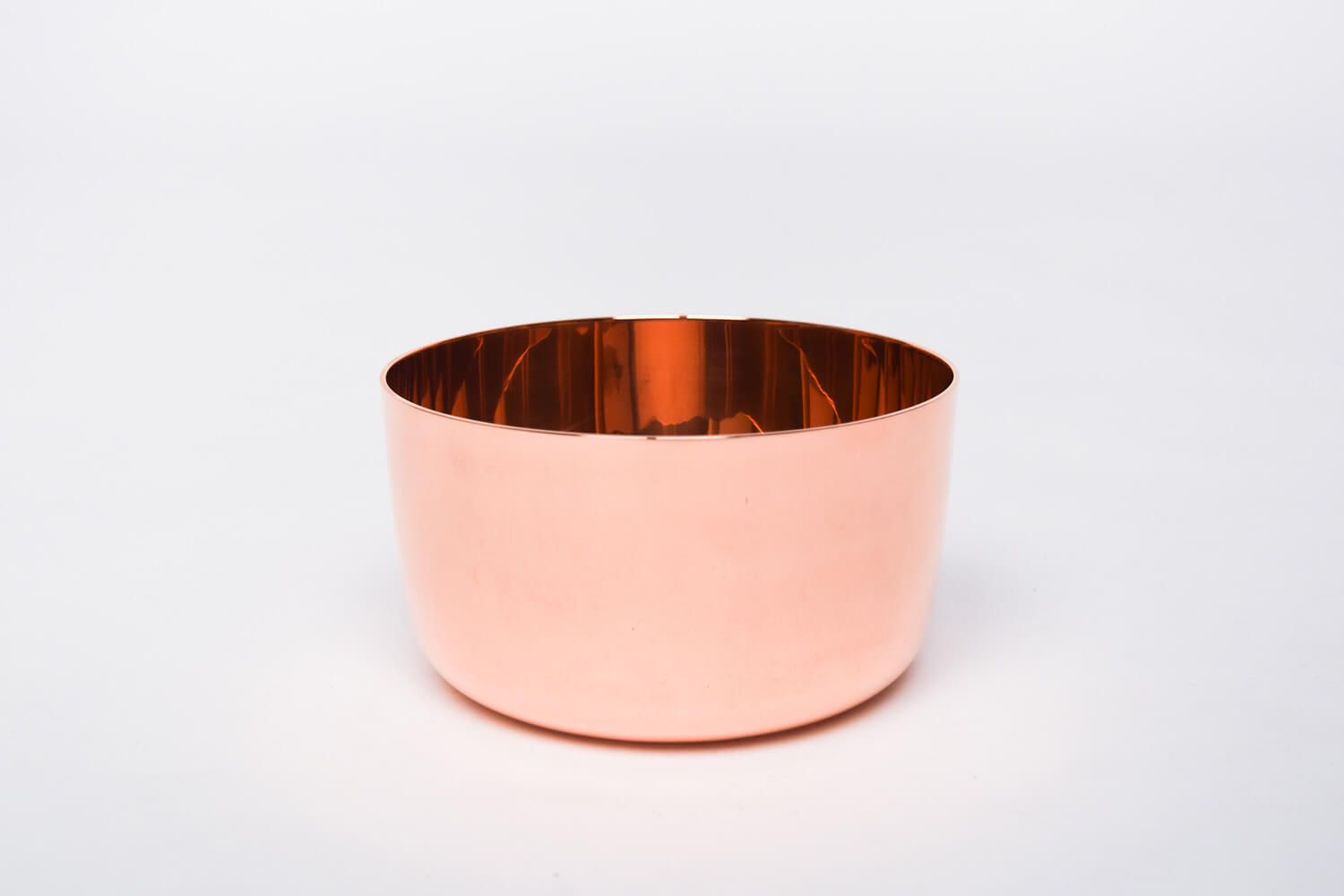
©Gerardo Osio
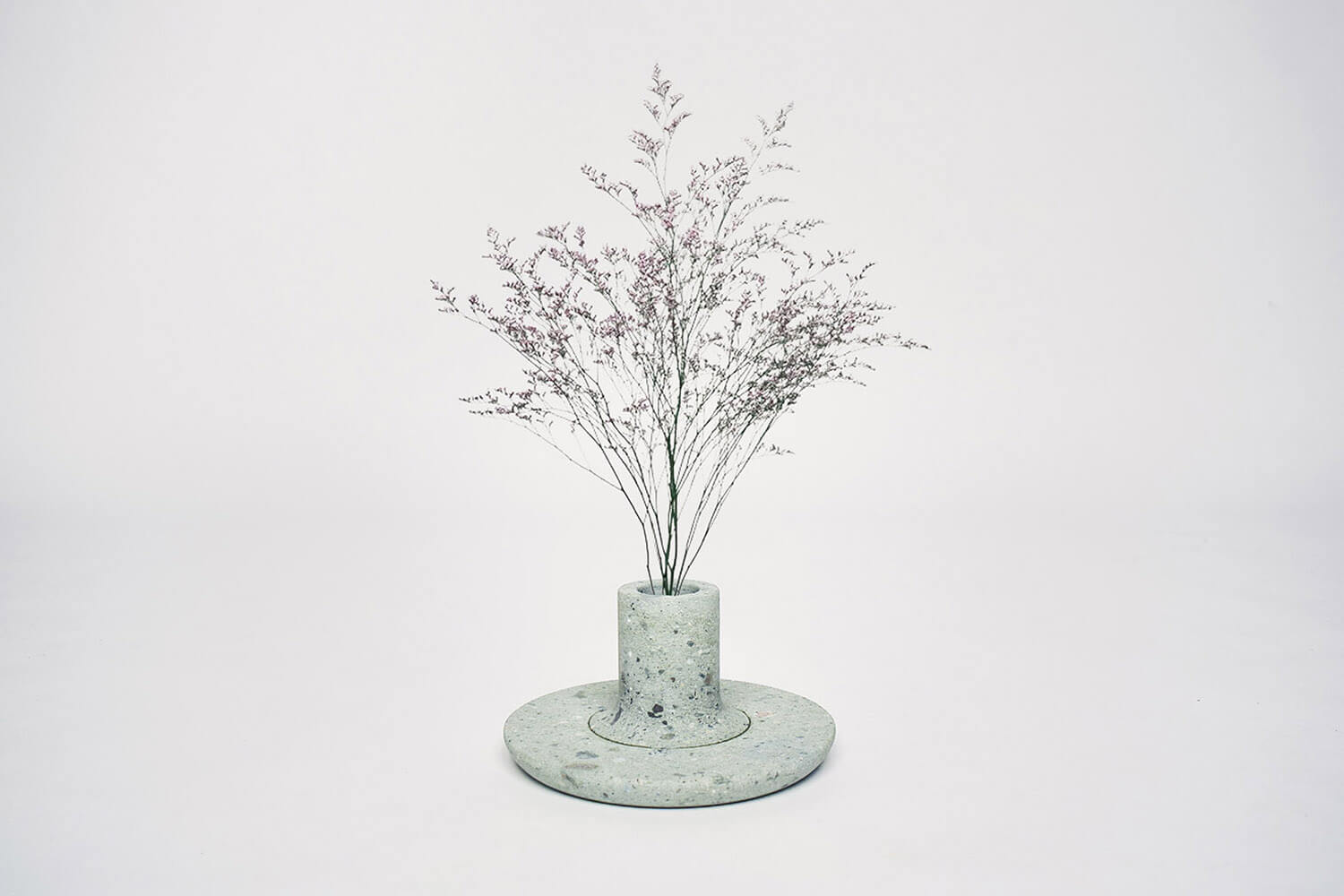
©Gerardo Osio
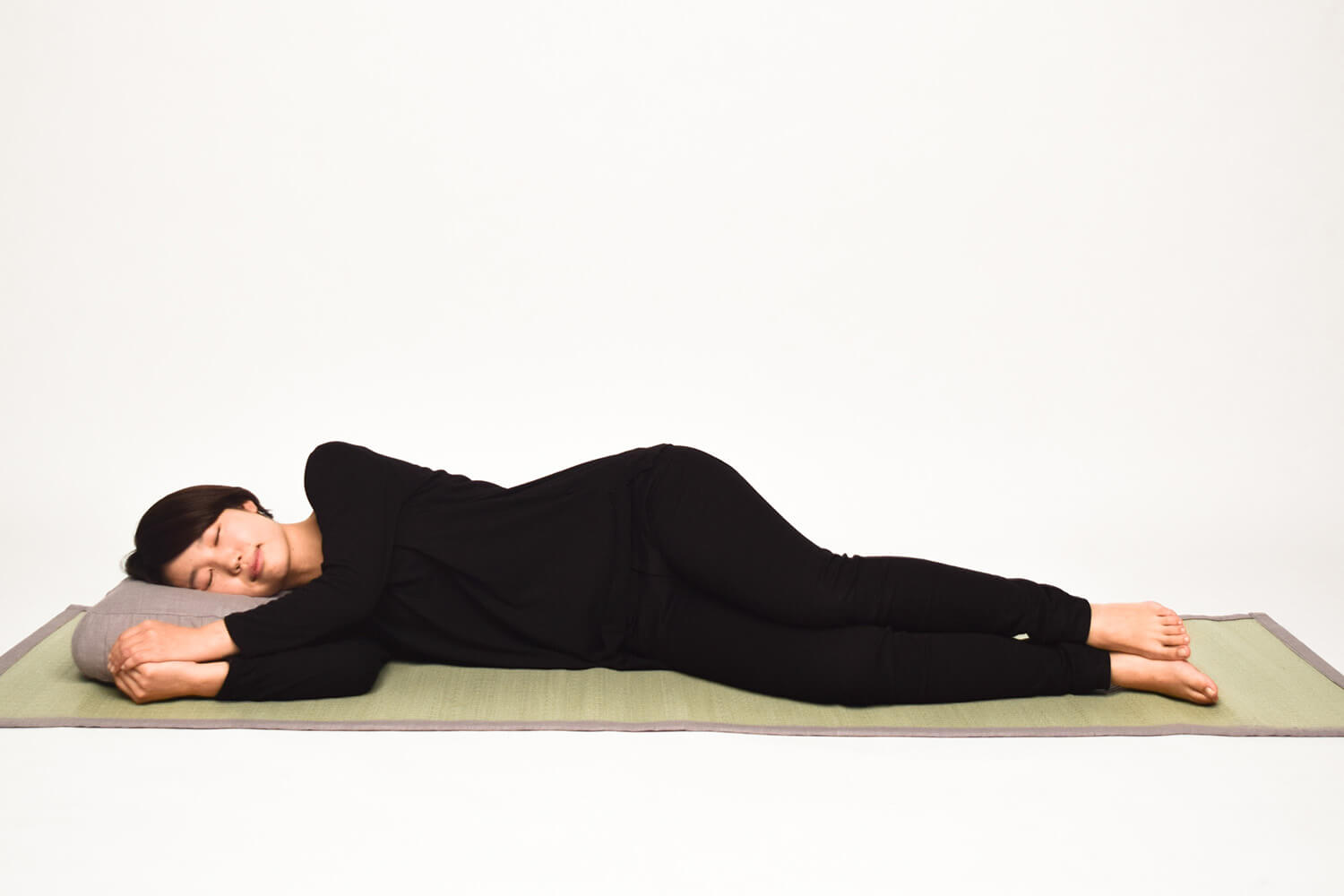
©Gerardo Osio
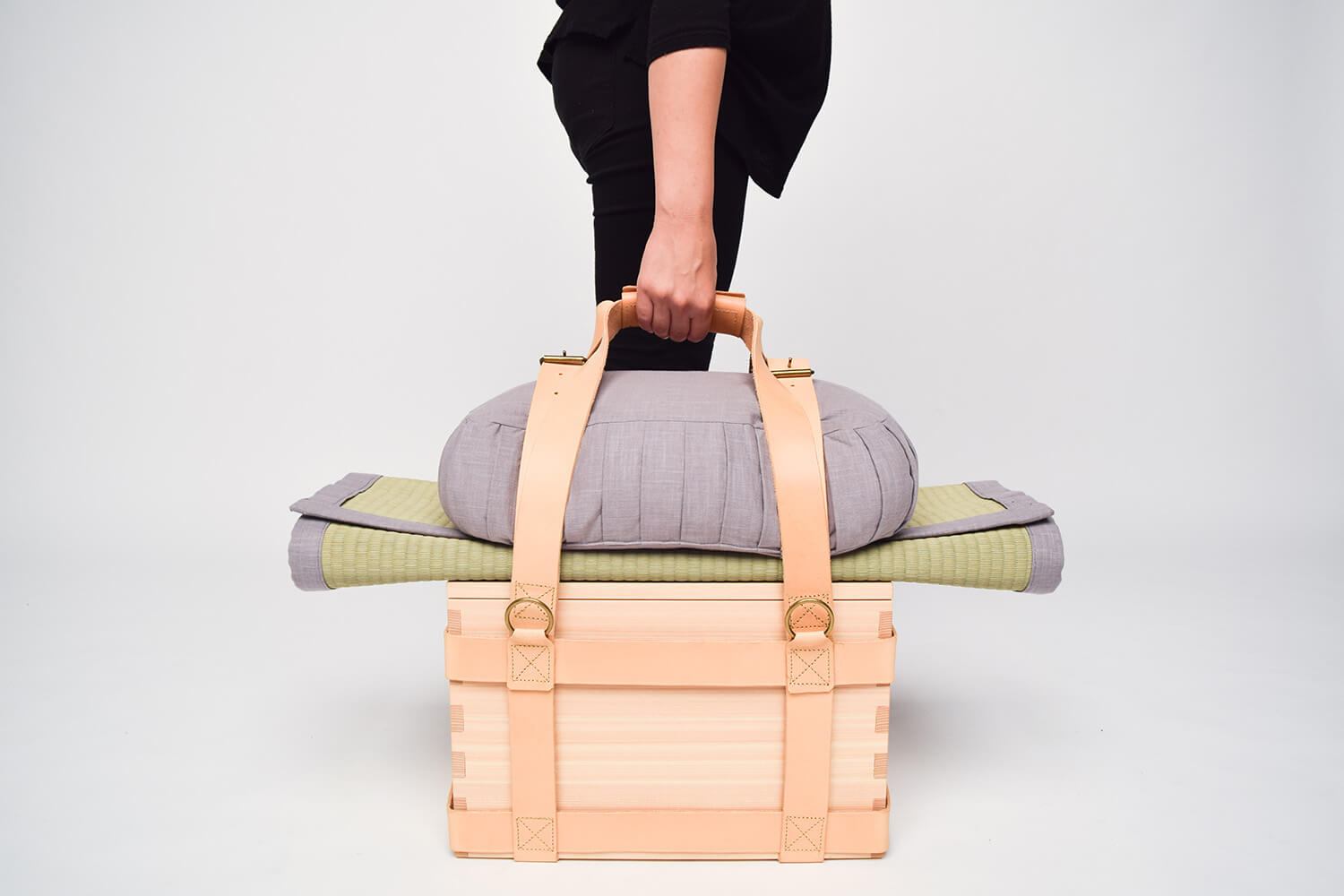
©Gerardo Osio
TRENDING
-
The Tattoos that Marked the Criminals of the Edo Period
Traditional tattoos were strong signifiers; murderers had head tattoos, while theft might result in an arm tattoo.

-
The Story of Sada Yacco, the Geisha who Bewitched Europe
Described by Dazed magazine as the first beauty influencer, she has been restored to her former glory since 2019.

-
Chiharu Shiota, Red Threads of the Soul
Last year, more than 660,000 people visited the retrospective 'Chiharu Shiota: The Soul Trembles' exhibit at the Mori Art Museum.

-
Japanese Left-field Pop From The CD Age, 1989-1996
‘Heisei No Oto’, a compilation of hidden gems in the unspoken depths of Japanese pop, reveal blissful moment of technological possibility.

-
‘Shojo Tsubaki’, A Freakshow
Underground manga artist Suehiro Maruo’s infamous masterpiece canonised a historical fascination towards the erotic-grotesque genre.





